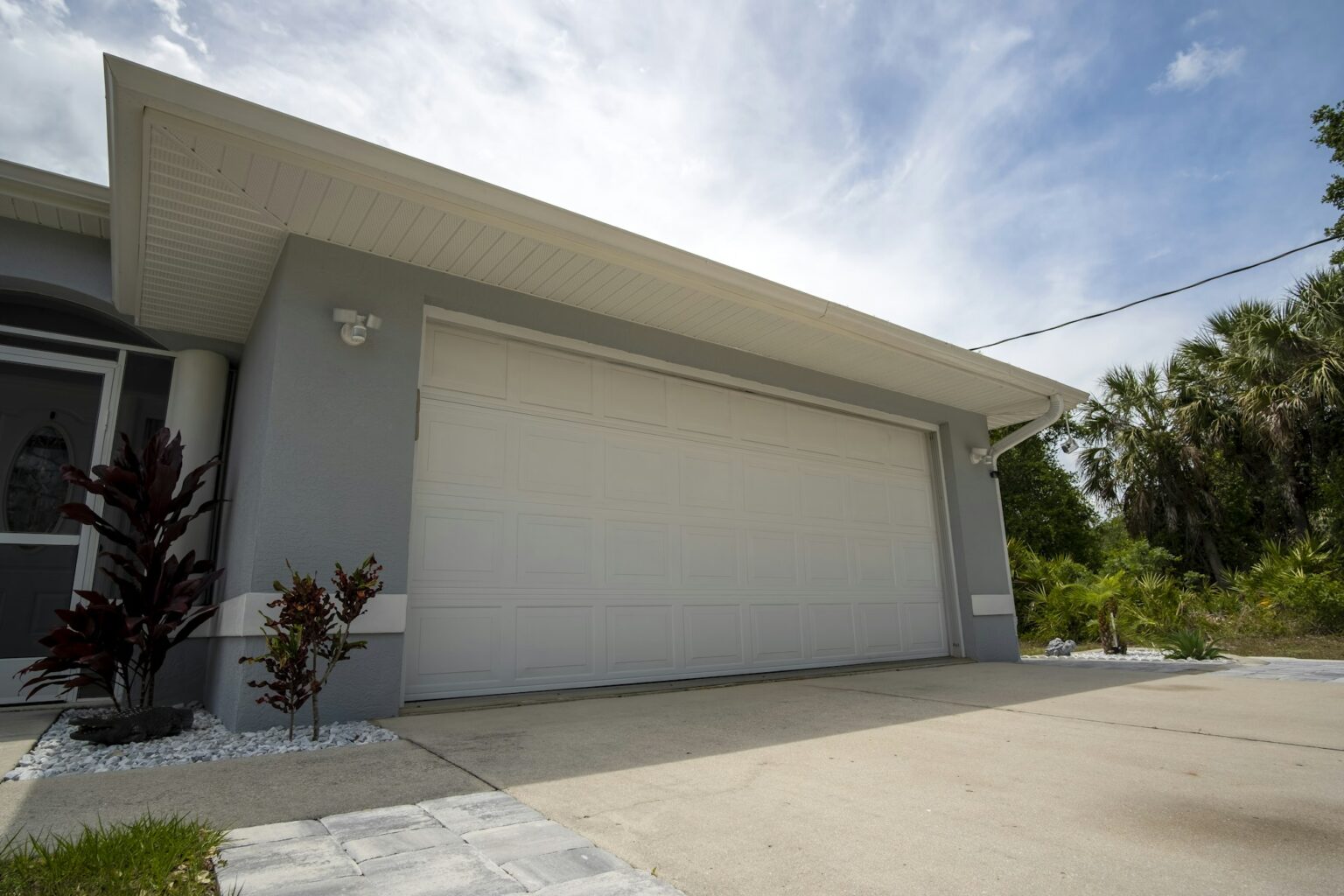Identifying the Issue with Your Garage Door Opener
If you’ve recently installed a do-it-yourself garage door opener on a one-piece door, you may have encountered a problem where the top of the door hits the rail, preventing it from opening. This issue often arises from the type of garage door setup you have. One-piece garage doors can be categorized into two types: those that require a standard amount of headroom and those designed for low headroom.
Types of One-Piece Garage Doors
The conventional one-piece garage door incorporates a design that allows the top to arc when it opens. Conversely, low headroom doors are built with two rollers situated at the top left and right. This setup utilizes a shorter piece of track that extends straight back, allowing for vertical clearance without arcing. Understanding your door type is crucial in troubleshooting the problem of hitting the rail.
Installing Openers for One-Piece Garage Doors
For standard one-piece garage doors, proper installation of the garage door opener is essential. The trick is to angle the opener rail so that the front of the opener, where it screws into the wall, is set higher than where the motor head sits. This sloped positioning will enable the door to arc upward correctly, preventing it from hitting the rail.
Finding the Right Angle for Your Opener
Determining the appropriate angle for your garage door opener can be a trial-and-error process. The angle required can vary widely based on the specifics of your garage setup. Sometimes, a significant angle may be necessary, while other instances may only require a slight adjustment. Hence, spend time finding the right orientation to avoid the door hitting the rail when opening.
Special Considerations for Tall Ceilings
If your garage has tall ceilings with plenty of headroom, you typically won’t need to angle the garage door opener excessively. In this case, the opener can be installed high enough to clear the door’s arc, meaning it won’t collide with the rail when the door is in motion. This setup simplifies the installation process significantly.
Low Headroom Garage Door Installation
If your one-piece garage door is designed for low headroom, you may also skip angling the opener. These doors open straight back and don’t arc when they begin to open. Therefore, placing the opener and rail level should suffice, provided there’s enough overhead space to accommodate both components.
The Importance of the Hockey Arm
Another critical component to consider while installing your garage door opener is the hockey arm. Named for its shape, this arm connects the door to the opener and typically comprises two pieces: a straight section and a curved section. For one-piece doors, it’s advisable to use just the straight piece and securely attach it to the top of the door, especially if it’s wooden. This approach enhances the functionality of the opener during operation.
Conclusion
In conclusion, installing a garage door opener on a one-piece door can be straightforward if the unique requirements of each door type are understood. By determining your door’s headroom, angling the opener correctly, and utilizing the appropriate components like the hockey arm, you can effectively resolve the issue of the door hitting the rail. Taking these steps will ensure smooth operation and longevity of your garage door system.
